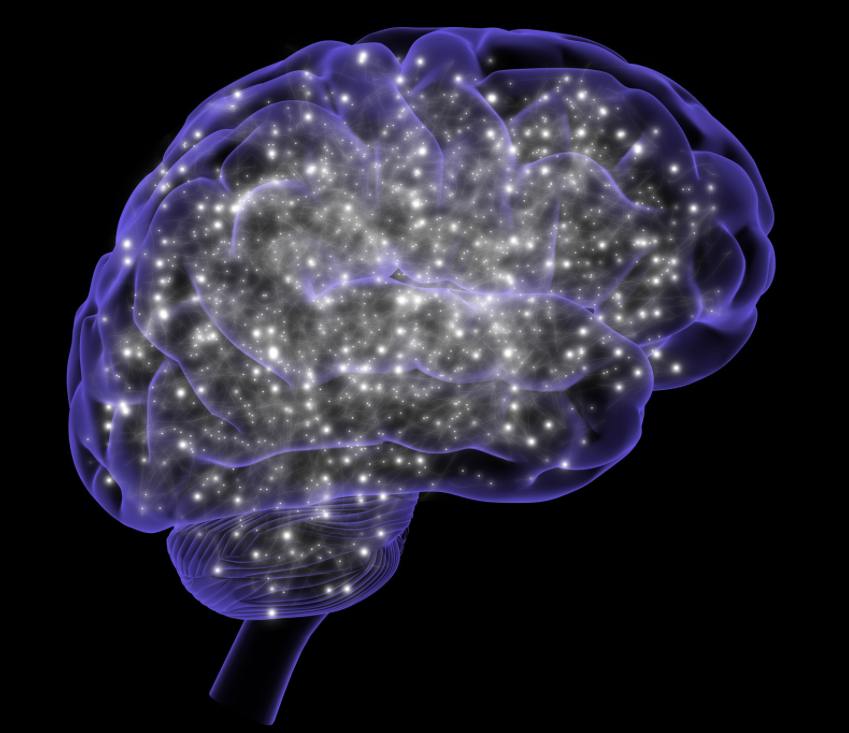Schizophrenia spectrum disorders are a group of mental health conditions that affect the way a person thinks, feels, and behaves. Understanding the different subtypes and symptoms of these disorders is crucial for accurate diagnosis and effective treatment.
Subtypes of Schizophrenia Spectrum Disorders
The main subtypes of schizophrenia spectrum disorders include paranoid, disorganized, catatonic, residual, and undifferentiated schizophrenia. Each subtype is characterized by specific symptoms and patterns of behavior.
Positive Symptoms
Positive symptoms are behaviors or experiences that are added to a person’s usual way of functioning. These can include hallucinations, delusions, disorganized thinking or speech, and movement disorders.
Negative Symptoms
Negative symptoms involve the absence or reduction of normal behaviors and emotions. These can include reduced motivation, lack of emotional expression, social withdrawal, and difficulty planning and completing tasks.
Cognitive Symptoms
Cognitive symptoms involve problems with thinking processes. These can include difficulty focusing or paying attention, problems with memory, and issues with executive functioning (e.g., planning, organizing).
Treatment
Treatment for schizophrenia spectrum disorders typically involves a combination of medication, therapy, and support services. Antipsychotic medications can help manage symptoms, while therapy can help individuals learn coping strategies and improve social skills.
Early Intervention
Early intervention is crucial for improving outcomes in individuals with schizophrenia spectrum disorders. Recognizing the symptoms and seeking help early can lead to better treatment outcomes and improved quality of life.
By understanding the subtypes and symptoms of schizophrenia spectrum disorders, individuals and their loved ones can better navigate the challenges of these conditions and access the appropriate treatment and support.



